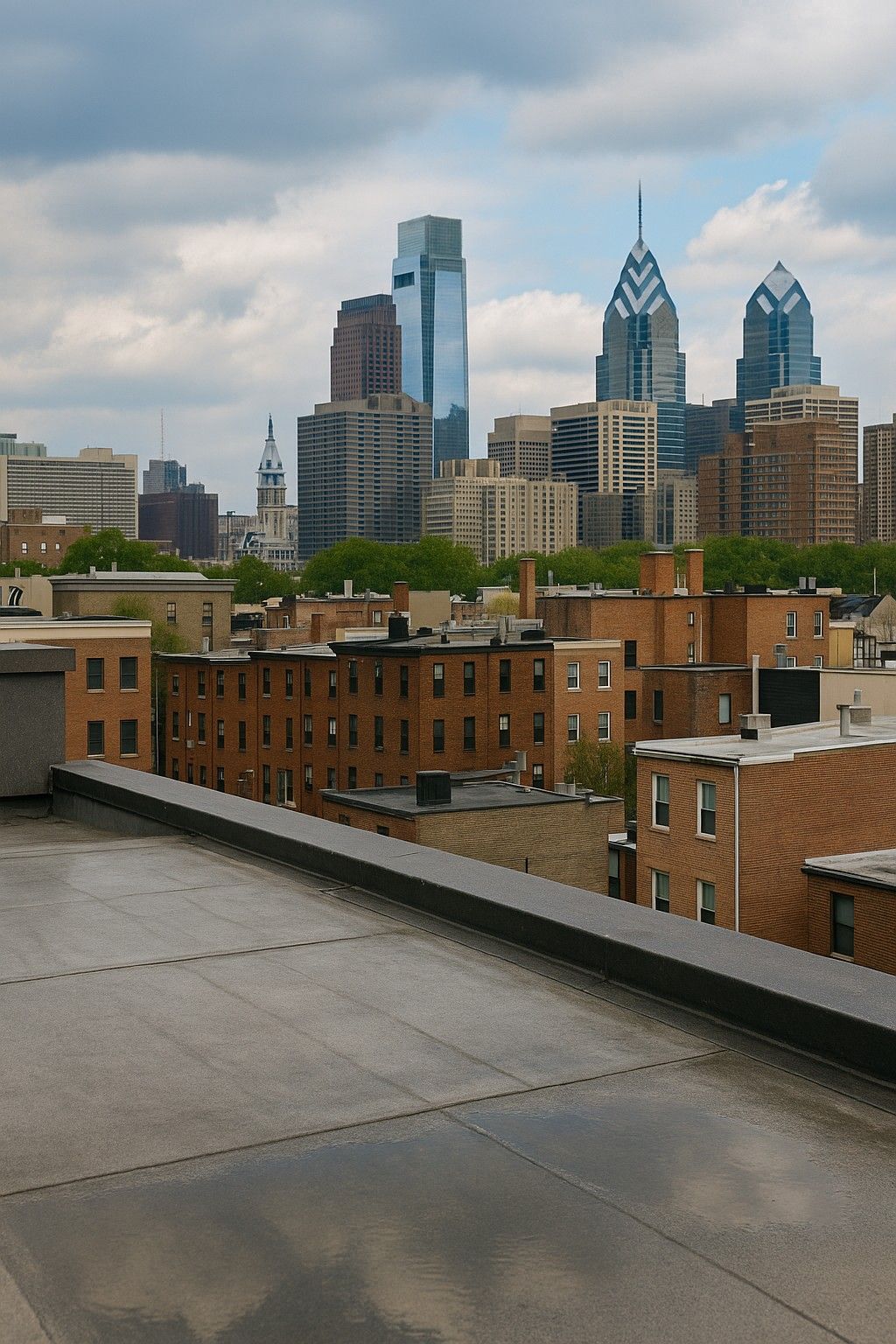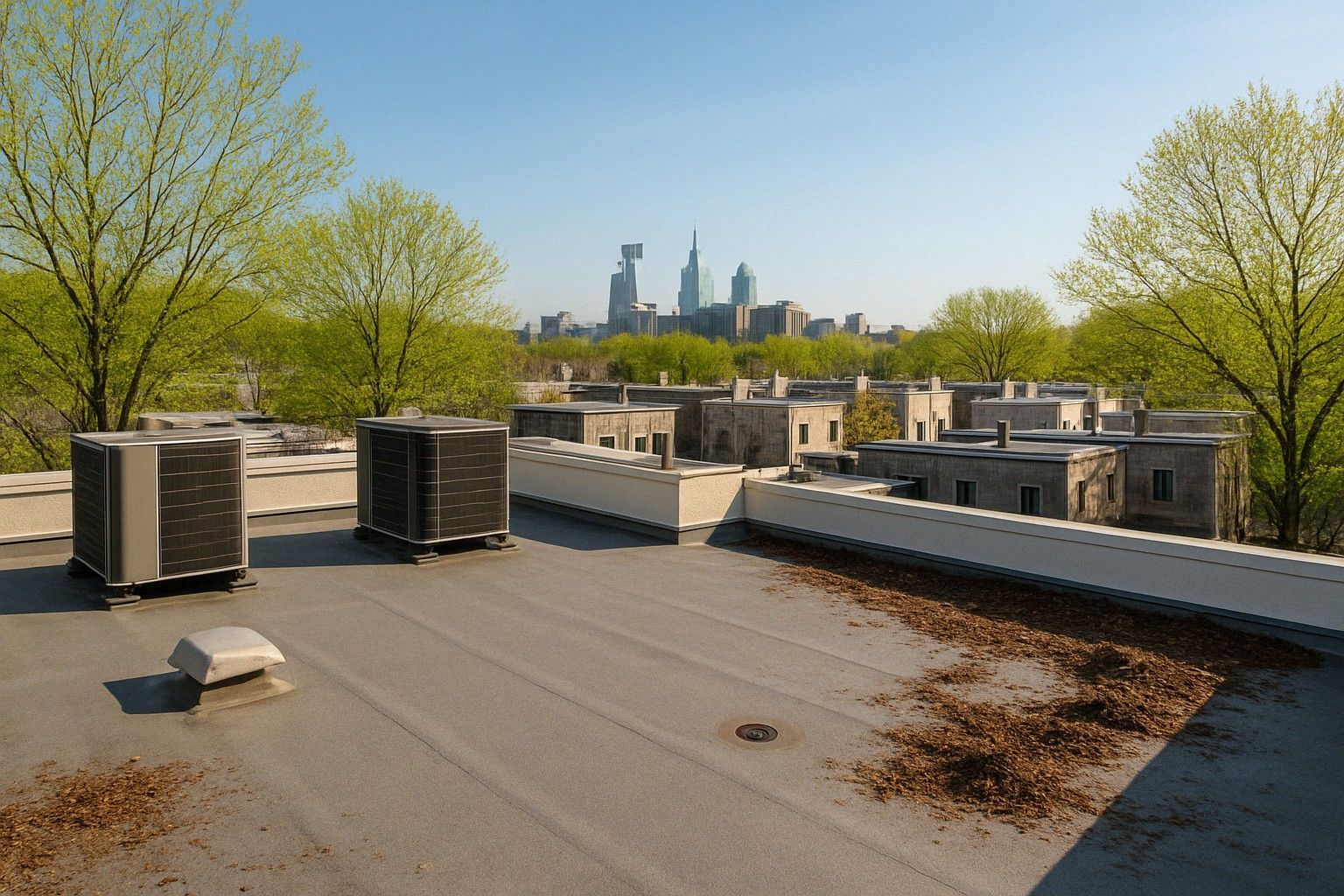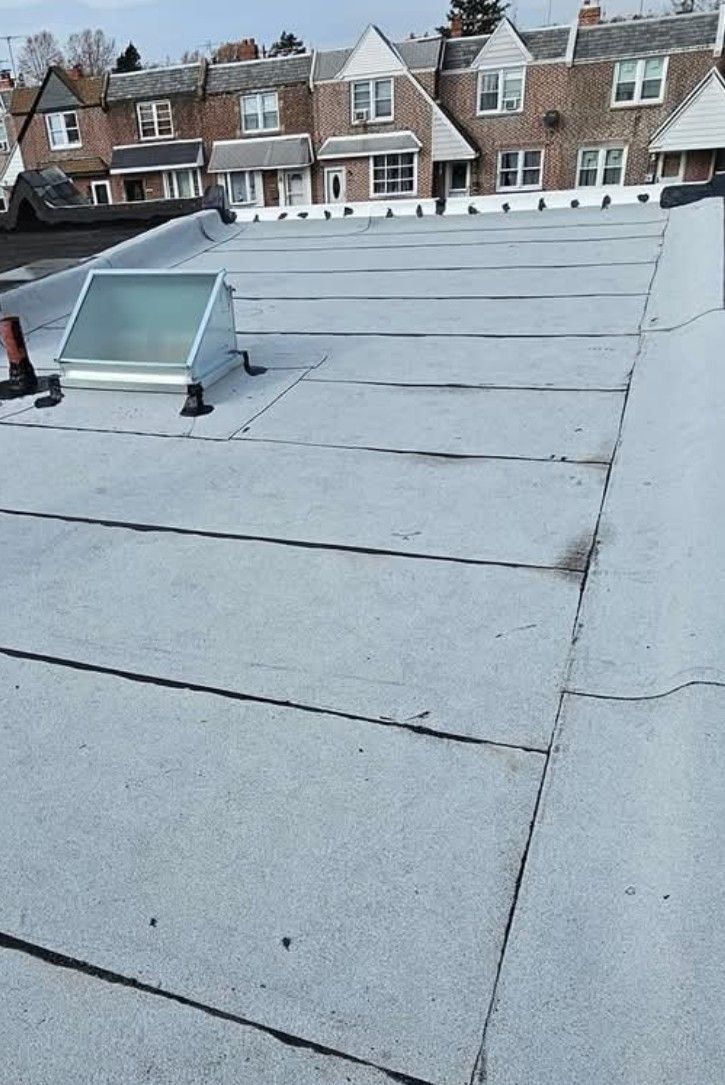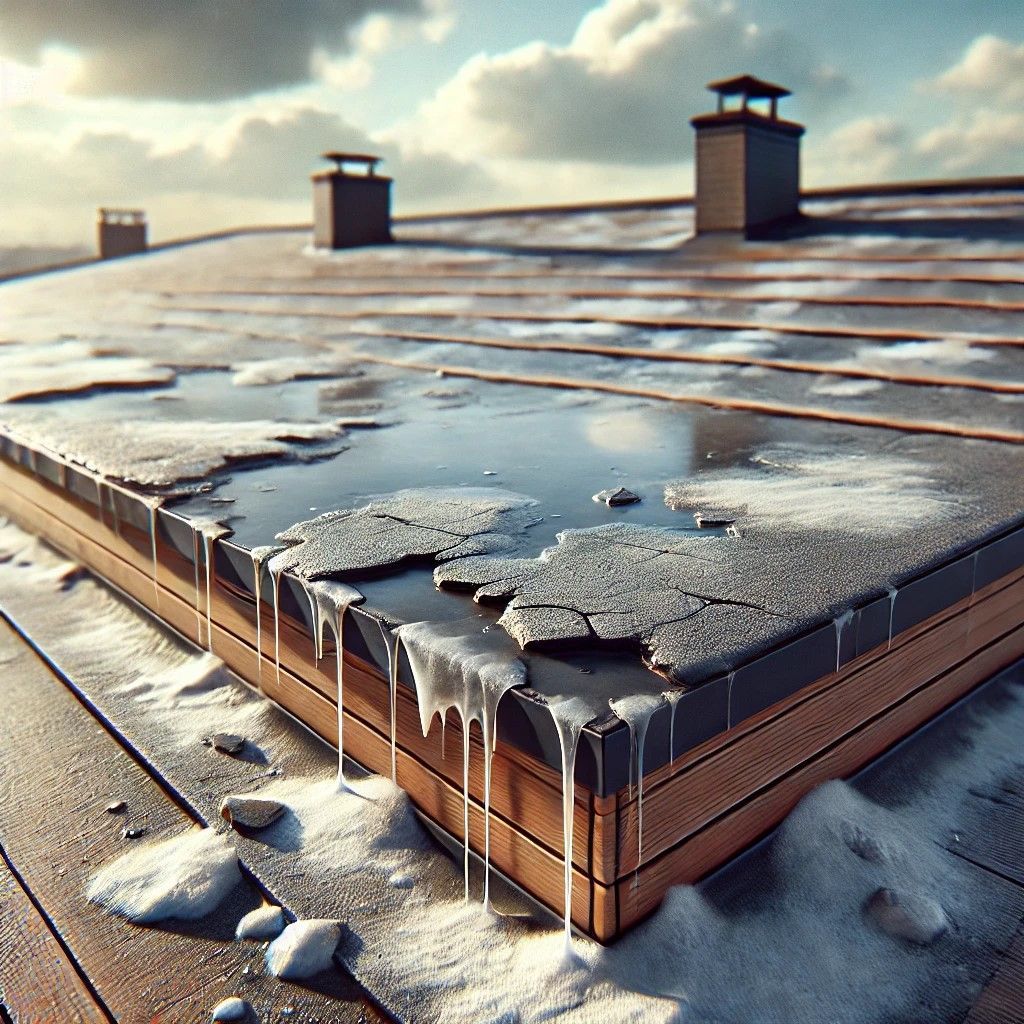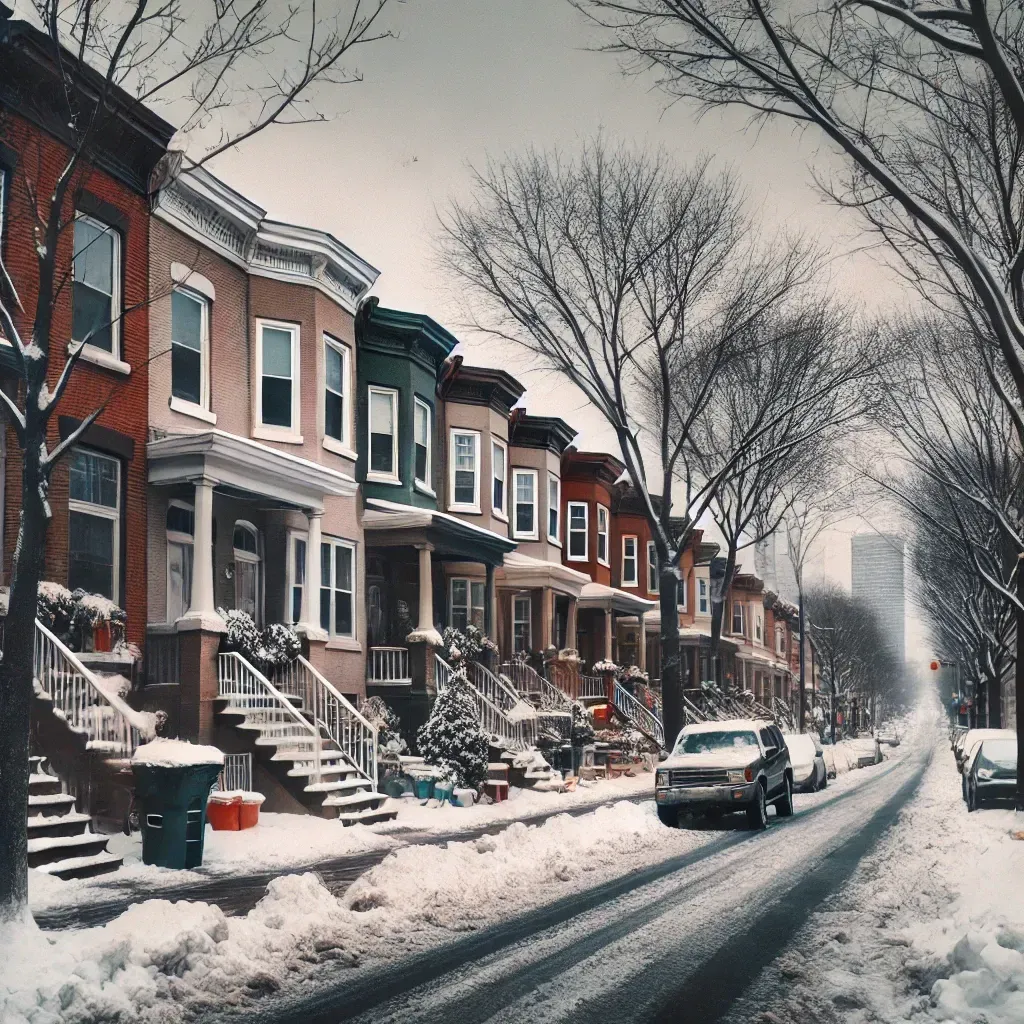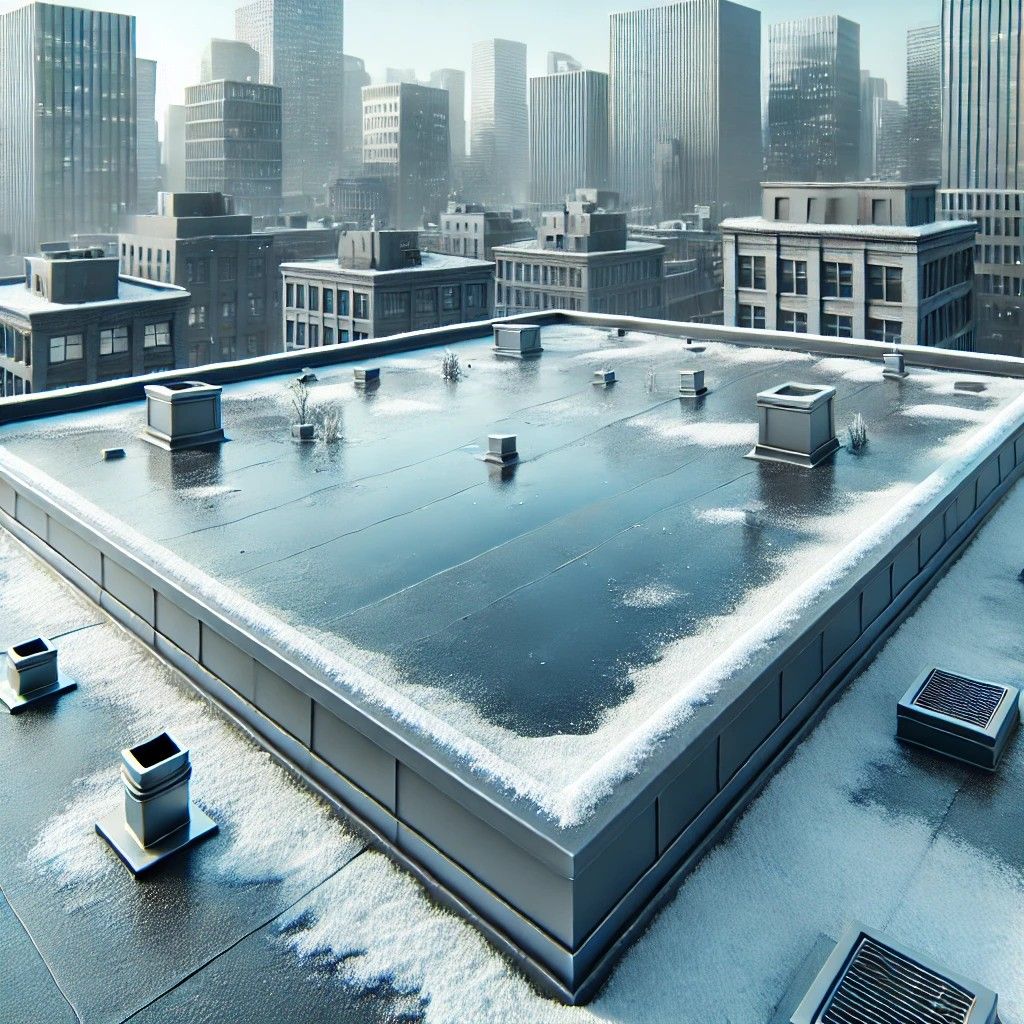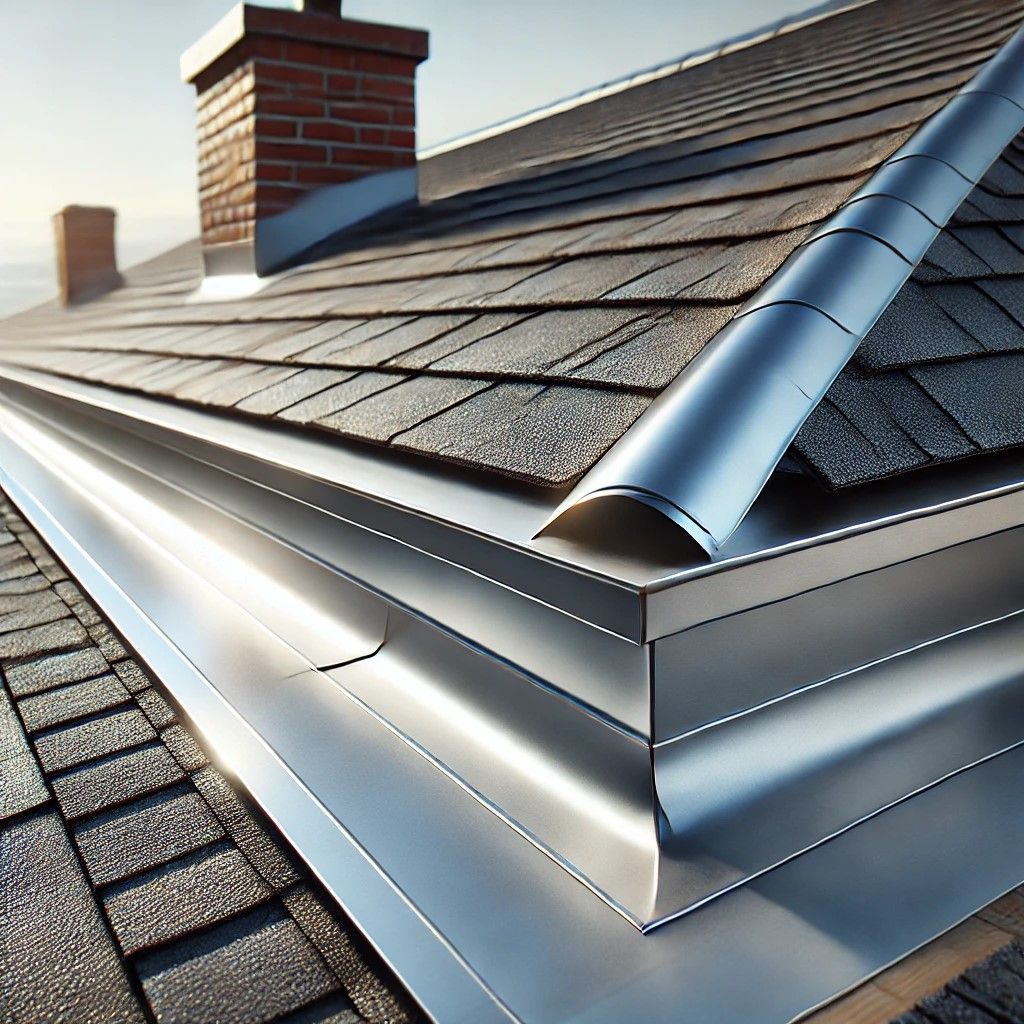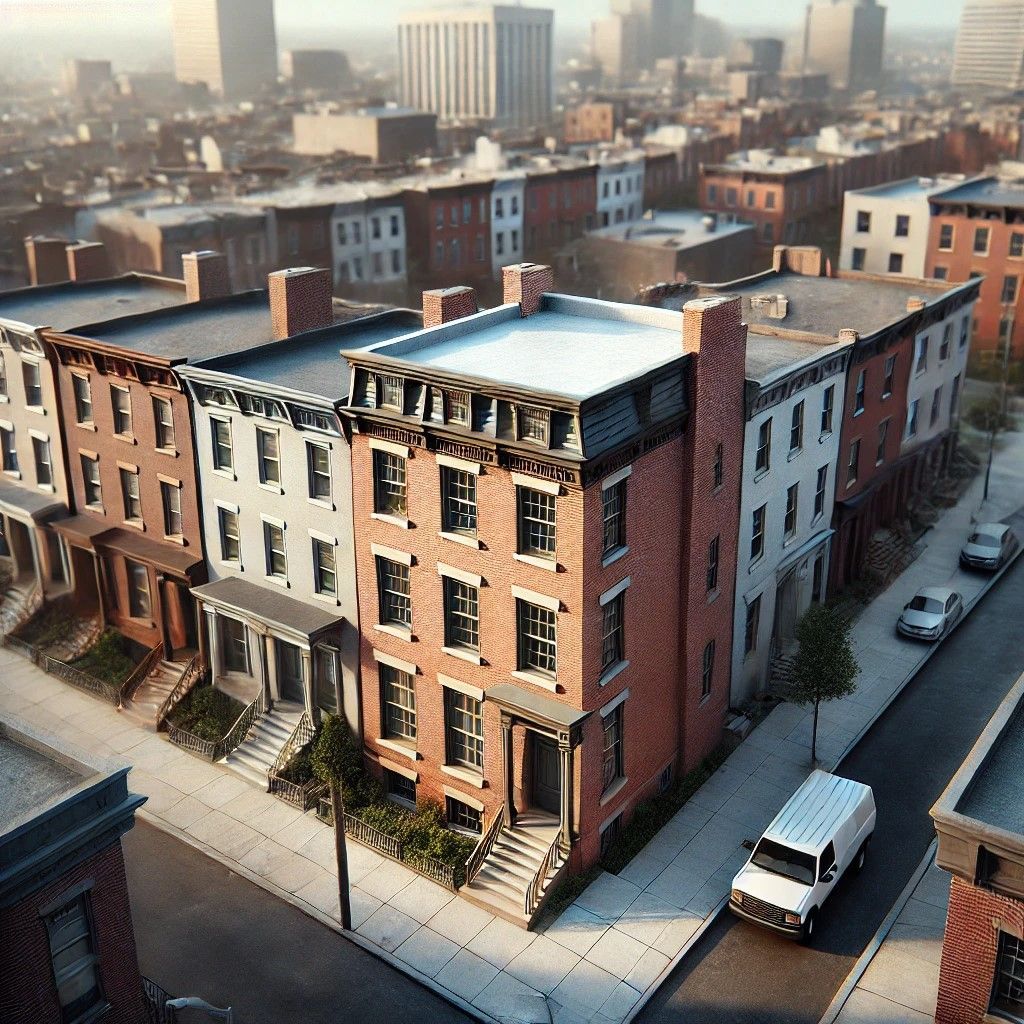The Impact of Philadelphia’s Freeze-Thaw Cycle on Flat Roofs
January 18, 2025
Understanding Philadelphia’s Freeze-Thaw Cycle
Philadelphia’s climate presents unique challenges for homeowners, especially those with flat roofs. The freeze-thaw cycle, which occurs when temperatures fluctuate between freezing and thawing, can significantly impact the integrity of flat roofs. These cycles are most common during late fall, winter, and early spring, putting repeated stress on roofing materials.
At Riley Roofing, we’ve seen firsthand how this cycle can lead to costly roof damage if not properly addressed. In this blog, we’ll break down the effects of the freeze-thaw cycle on flat roofs and how you can protect your home or business.
How the Freeze-Thaw Cycle Damages Flat Roofs
1. Expansion and Contraction Stress
Water seeps into small cracks and seams on your flat roof. When temperatures drop, this water freezes and expands, widening the cracks. As the ice melts, it contracts, leaving larger gaps behind. Over time, this process weakens the roof structure and creates vulnerabilities that lead to leaks and further deterioration.
2. Increased Risk of Leaks
Because flat roofs don’t have a steep slope to shed water quickly, moisture tends to pool on the surface. As the freeze-thaw cycle progresses, tiny cracks allow water to penetrate deeper into the roof layers, leading to persistent leaks. Left unchecked, this can result in interior water damage and mold growth.
3. Membrane and Sealant Breakdown
Many flat roofs are built with materials like EPDM, TPO, or modified bitumen, all of which rely on sealed seams and membranes to remain watertight. The freeze-thaw cycle causes repeated expansion and contraction, which can weaken these seals and lead to separation. Once the protective barrier is compromised, water infiltration becomes a major concern.
4. Structural Damage Over Time
Over the years, continuous freeze-thaw cycles can weaken the entire roofing system, including insulation and the underlying structure. This can lead to sagging, warping, or even premature roof failure. If left untreated, the cost of repairs or replacements can skyrocket.
How to Protect Your Flat Roof from Freeze-Thaw Damage
1. Schedule Regular Roof Inspections
Routine inspections by professionals like Riley Roofing can identify small cracks, weak spots, and other potential issues before they become major problems. We recommend at least two inspections per year—one in the fall before winter sets in and another in the spring after the freeze-thaw cycle ends.
2. Keep Your Roof Clean and Drained
Clogged drains and gutters can contribute to standing water, which increases the risk of freeze-thaw damage. Regularly clearing debris and ensuring proper drainage can help prevent water accumulation on your flat roof.
3. Apply Protective Coatings
Roof coatings, such as elastomeric or silicone coatings, provide an additional layer of protection against moisture infiltration. These coatings help seal small cracks, reduce thermal expansion, and extend the lifespan of your flat roof.
4. Repair Minor Damage Immediately
Addressing small cracks, loose seams, or minor leaks as soon as they appear can prevent larger, more costly issues down the line. Riley Roofing offers expert roof repair services to keep your flat roof in top shape.
5. Consider Roof Replacement if Necessary
If your flat roof is nearing the end of its lifespan or has extensive damage from repeated freeze-thaw cycles, a replacement might be the best long-term solution. Our team at Riley Roofing can assess your roof’s condition and recommend the best course of action.
Trust Riley Roofing to Protect Your Flat Roof
At Riley Roofing, we understand the challenges that Philadelphia’s climate presents for flat roofs. Our experienced team is dedicated to providing top-quality roofing solutions to keep your home or business protected year-round. Whether you need an inspection, repairs, or a complete roof replacement, we’re here to help.
📞 Call us today
for a free consultation!



